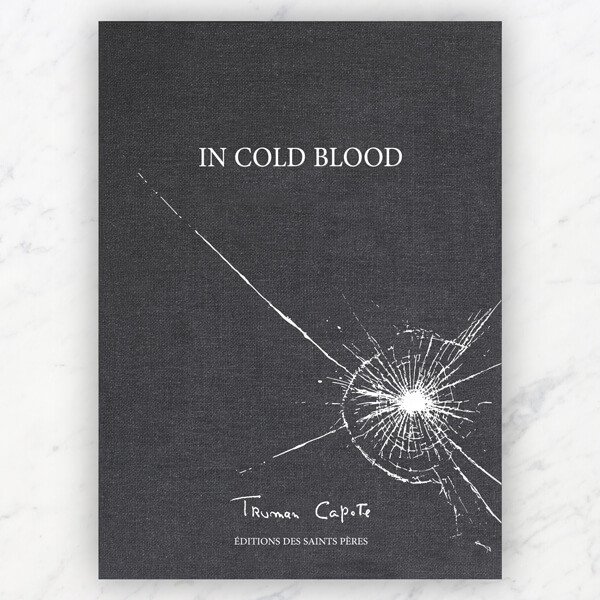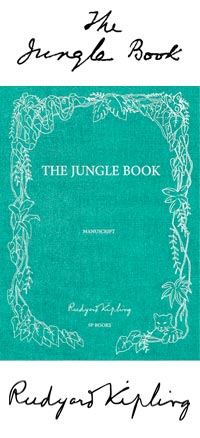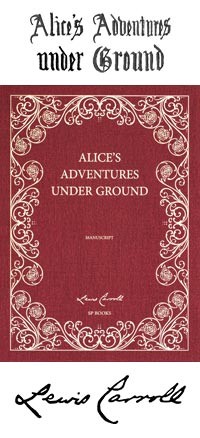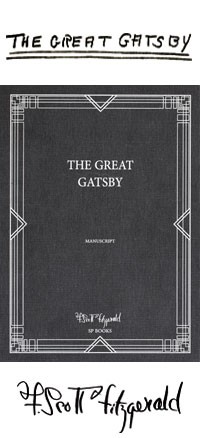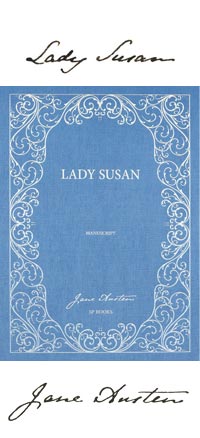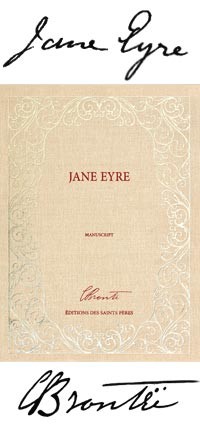In Cold Blood by Truman Capote
Black edition,
numbered from 1 to 1,000,
In Cold Blood, the manuscript by Truman Capote
A unique assemblage of Truman Capote’s notebooks and papers preserved at the Library of Congress (Washington DC) and at the NYPL (New York), for the first time published. An extraordinary insight into Truman Capote’s writing and investigation.
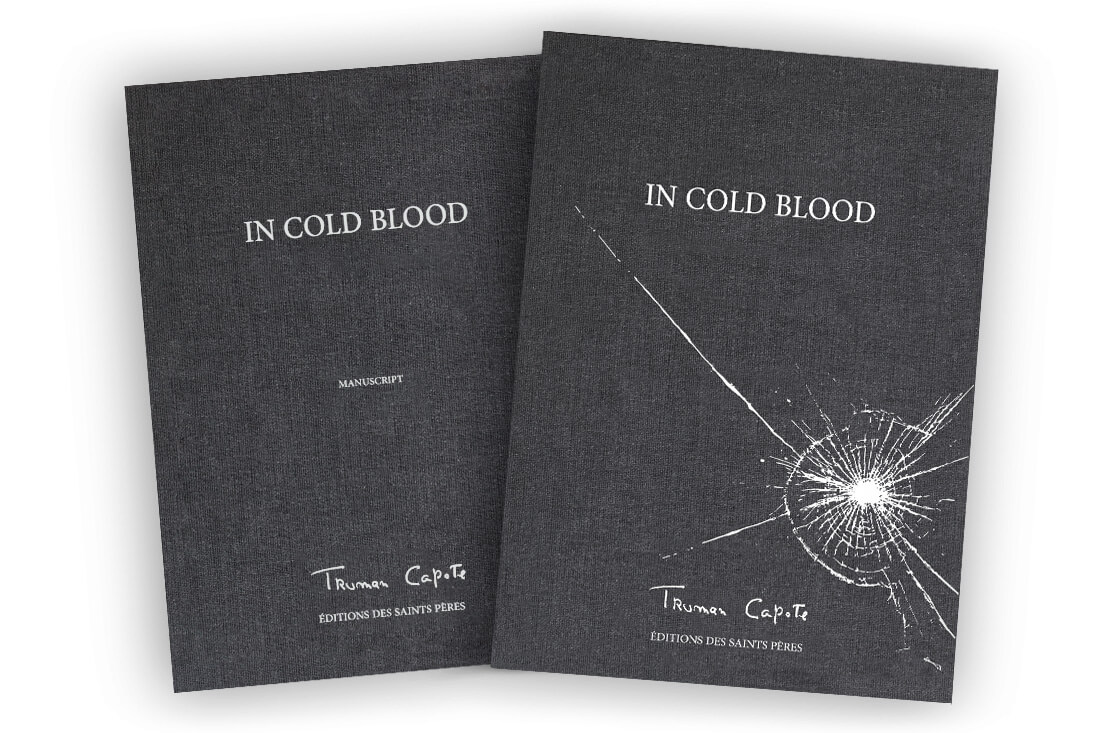
Deluxe edition, with a foreword by Ebs Burnough. With grateful acknowledgements to Alan and Louise Schwartz (Truman Capote Literary Trust).
A 5-year literary adventure
The journey that led to the publication of In Cold Blood started in November 1959. Leafing through the New York Times, Capote's attention was caught by a paragraph on the horrific murder of a Kansas farmer and his family. The writer sensed an opportunity for an article - he had no idea that this enterprise, at once a personal, artistic and professional turning point, would last several years. Nor that right up to the point of resolution - with the execution of the murderers in April 1965 - he would accumulate a huge mass of handwritten notebooks, sheets of handwritten and typed-up notes, official documents, letter exchanges with a range of correspondents, sketches, and drawings. This material, of indisputable literary and historical importance, is mainly preserved in the Library of Congress in Washington DC, and in the New York Public Library.
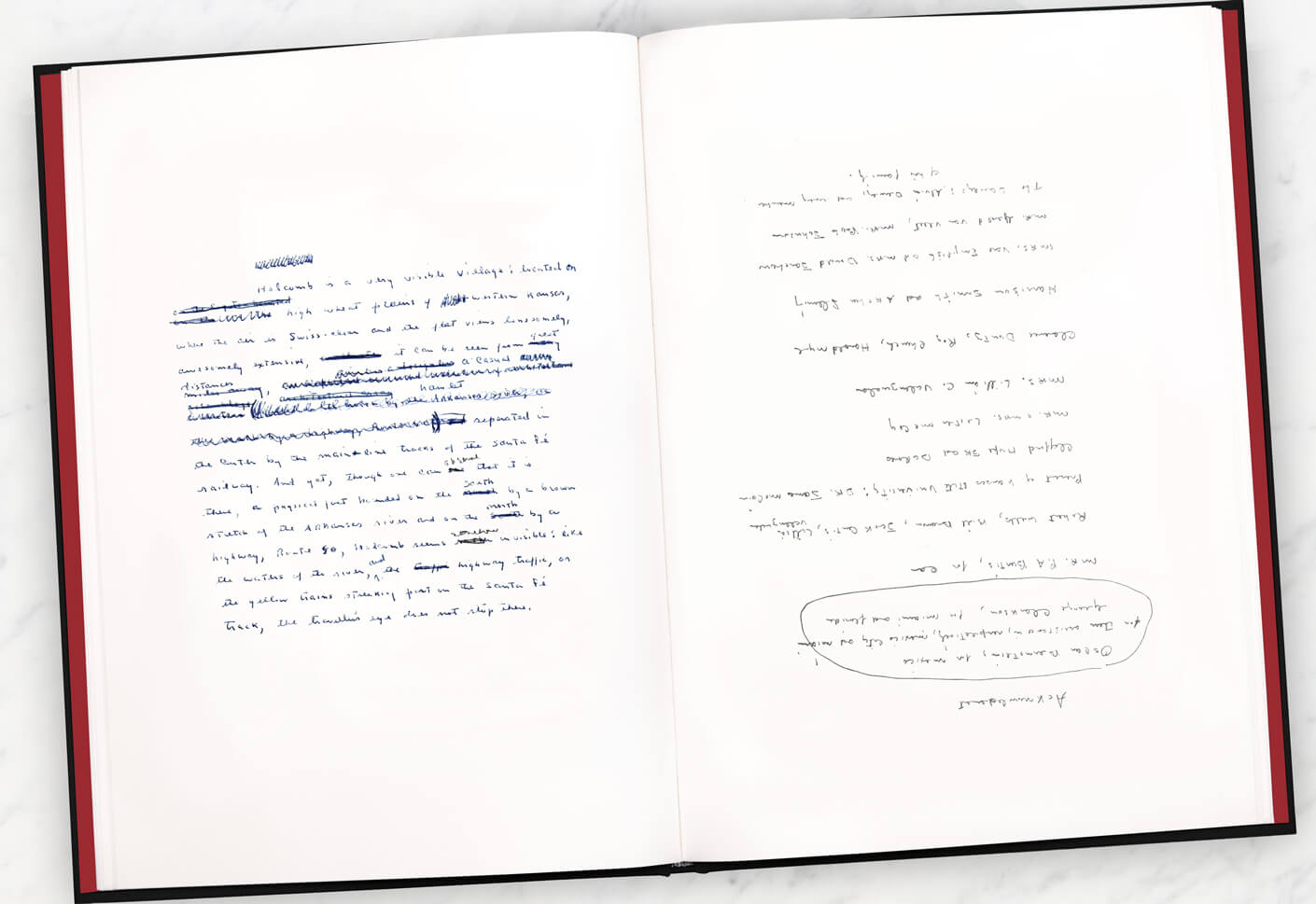
Diving into Truman Capote’s writing and investigation
The present work offers a behind-the-scenes dip into the writing of the novel, following its four-part chronological structure. The reader will have the opportunity to peek at the notebooks outlining key scenes of the novel, painstakingly selected from the large volume of materials produced and collected by Capote.
The essence of non-fiction novel
The reader will discover the very first paragraph of In Cold Blood, as well as Perry Smith’s confession during the arrest and the last scene in Holcomb’s cemetery with inspector Alvin Dewey. Truman Capote’s handwriting is neat, precise, and his draft is close but still different from the final version, with some stylistic changes, and rewritten passages. Capote usually preferred to write on the right pages of his notebooks: once the last page is reached, he would flip the notebook to continue the story.
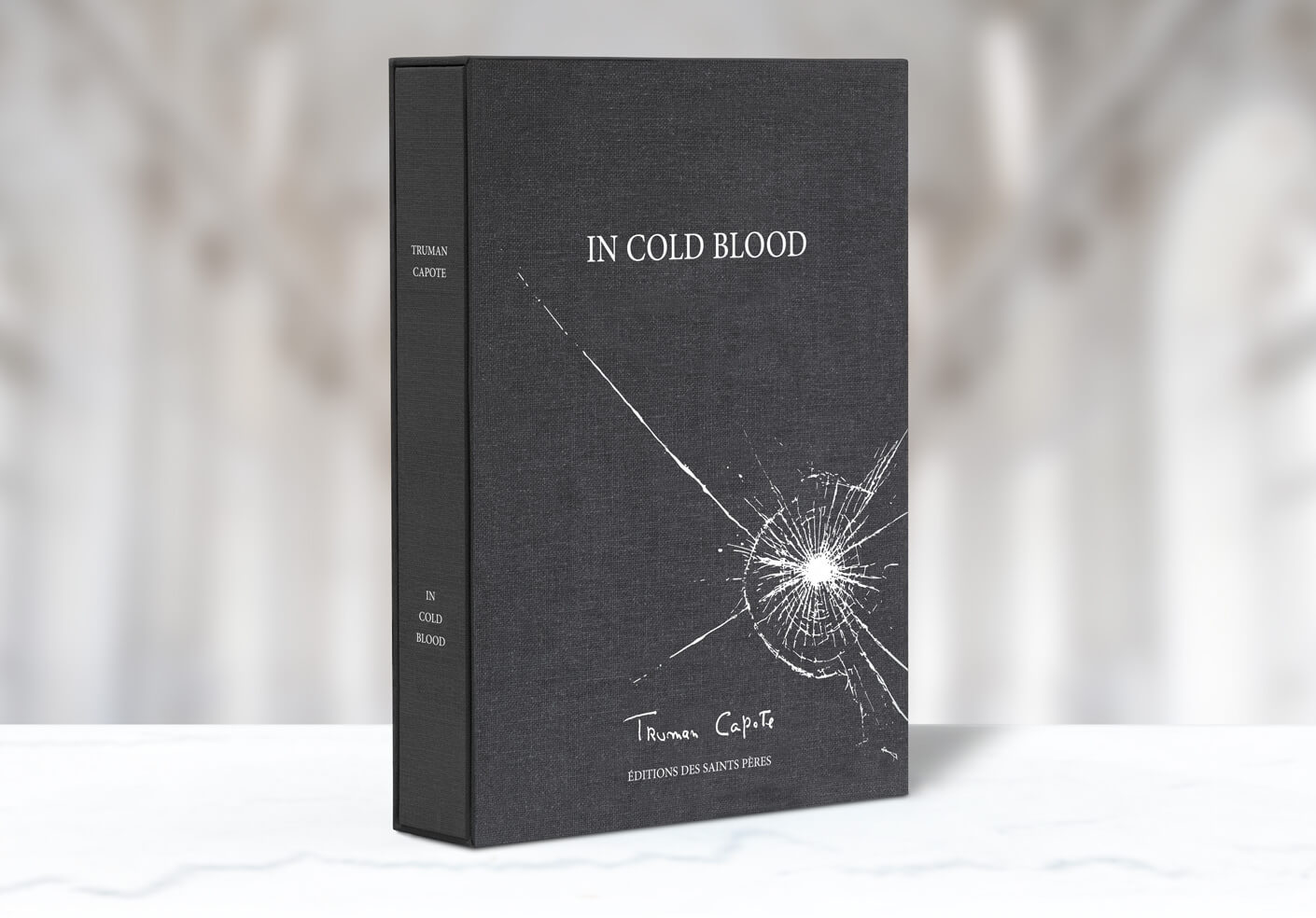
The volume also includes a selection of working notes, all previously unpublished – a handwritten notebook where Capote makes hypotheses about the crime mobile, plans of the Clutter property, notes on the trial accompanied by drawings. We can almost picture Truman Capote pacing the streets of Holcomb, notebook in hand, and then later, in the evening, in his hotel room reconstructing the essence of his conversations with the local people.
A foreword by Ebs Burnough
When I began work on my documentary The Capote Tapes, I was initially drawn to Truman’s years following the publication of In Cold Blood; but I quickly realized that I could never tell Truman’s story without telling the story of In Cold Blood. His story is intrinsically wrapped in Perry’s story. And the sorrow he felt at the loss of Perry’s life and yet the realization that his success was dependent on that life coming to an end, always lingered for Truman. As glamorous as his life was, the years following 1965 and Perry’s death, became a slow and long decline into alcohol and drug addiction.
As a young boy in the American South, I grew up reading Capote, from the short stories to the novels. He was an aspirational figure. Someone who lived a grand far away life, he was both indulgent and intellectual. He stood out as an openly gay man when the laws of the land deemed it criminal, but he chafed at the idea of being defined by his sexuality. He was a media personality who emitted wit and charm, but he could also be cruel and inhumane. He was a ball of contradictions. But perhaps most important of all, was his writing. It remains for me so close to home, so near the smells and sounds of the South, so rich in tone and elegant in prose. As Norman Mailer said, 'He wrote the best sentences'.
Ebs Burnough is a filmmaker, writer and producer. He is the author and director of The Capote Tapes (2021). He serves as Vice-Chair of the board of the Sundance Institute.
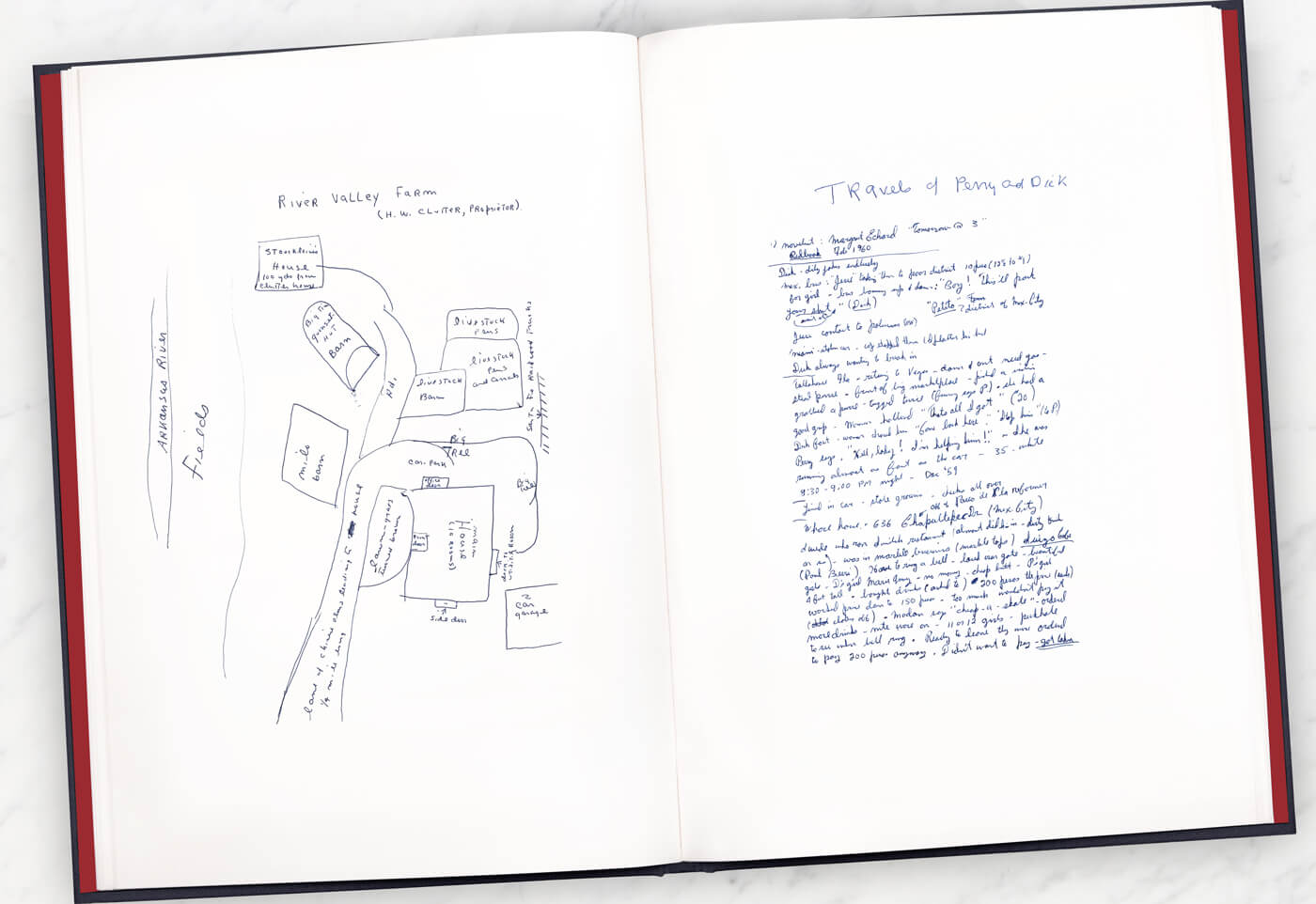
Nearly five-thousand changes…
‘When Truman Capote serialized In Cold Blood in the New Yorker in autumn 1965, no one imagined that his much-heralded "nonfiction novel" was an unpolished work. Yet a comparison of the magazine edition and publication by Random House ten weeks later reveals that Capote made nearly five-thousand changes, ranging from crucial matters of fact to the placement of a comma.’ (Jack De Bellis, ‘Visions and Revisions: Truman Capote’s ‘In Cold Blood‘‘, Journal of Modern Literature, 1979.)
Published version:
On Monday, at midday, Dewey held a press conference in the sheriff’s office. 'I’ll talk facts but not theories', he informed the assembled journalists. 'Now, the big fact here, the thing to remember, is we’re not dealing with one murder but four. And we don’t know which of the four was the main target. The primary victim. It could have been Nancy or Kenyon, or either of the parents. Some people say, Well, it must have been Mr. Clutter. Because his throat was cut; he was the most abused. But that’s theory, not fact. It would help if we knew in what order the family died, but the coroner can’t tell us that; he only knows the murders happened sometime between eleven P.M. Saturday and two A.M. Sunday.'
Manuscript version:
At midday on Monday, Dewey held a press conference in the sheriff’s office. 'I’ll talk facts with you, but not theories', he told the assembled journalists. 'Now the big fact here, the thing to remember is, we’re not dealing with one murder but four. And we don’t which of the four was the primary victim. You might say – well, it must have been Mr Clutter that the killer was really after. Because his throat was cut. But that’s theory; not fact. It would help if we knew in what order the family died; but the coroner can’t tell us that, he only knows the murders happened some time between 11pm Saturday night and 2am Sunday morning.’ Then, responding to questions, he said: 'No, neither of the women had been ‘'sexually molested”; and no, so far as they presently knew nothing had been stolen from the house'.
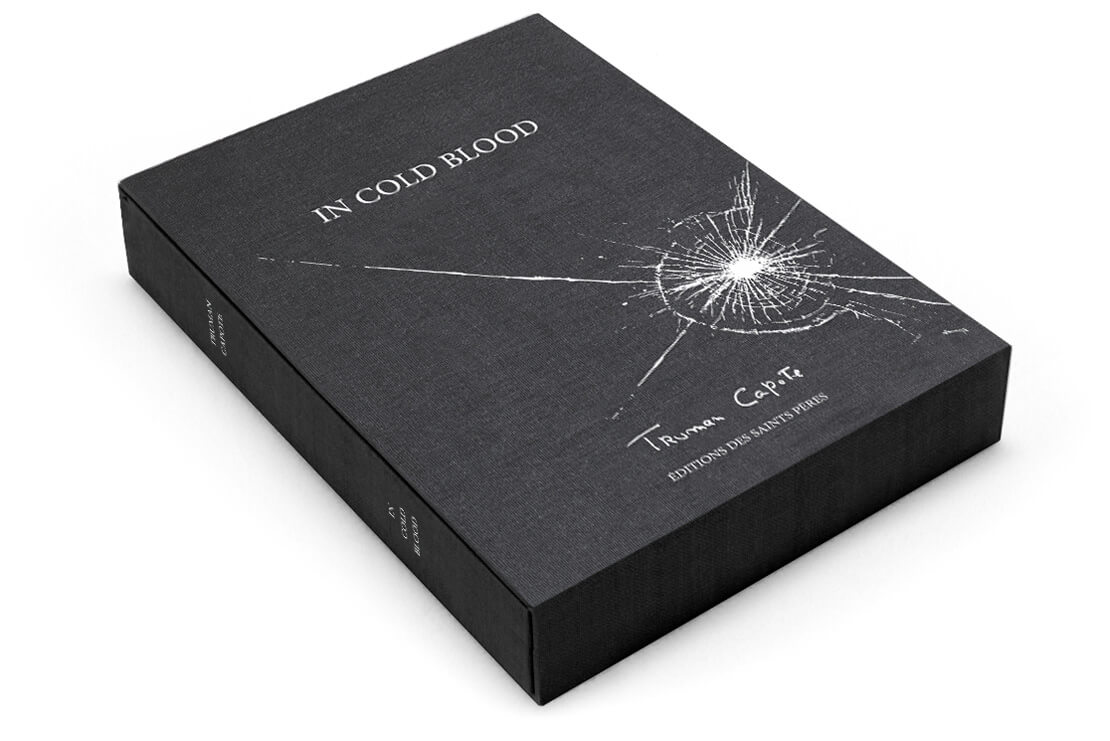
Credits:
©Truman Capote Estate. The Library of Congress - Washington (Truman Capote Papers,
©Truman Capote Estate. The New York Public Library - Manuscripts and Archives Division (Truman Capote Papers, MssCol 469. Box 7-8).MSS47043. Box 4-3)
Also see:
- Gerald Clarke, Capote: a biography, Linden Pub; First Edition (1988).
- Liliane Kerjan, Truman Capote, Folio biographies (2015).
Deluxe edition
Numbered from 1 to 1,000, this Black edition is presented in a large format handmade slipcase.
Printed with vegetable-based ink on eco-friendly paper, each book is bound and sewn using only the finest materials.
Mrs Dalloway: Thanks to a new reproduction of the only full draft of Mrs. Dalloway, handwritten in three notebooks and initially titled “The Hours,” we now know that the story she completed — about a day in the life of a London housewife planning a dinner party — was a far cry from the one she’d set out to write (...)
The Grapes of Wrath: The handwritten manuscript of John Steinbeck’s masterpiece The Grapes of Wrath, complete with the swearwords excised from the published novel and revealing the urgency with which the author wrote, is to be published for the first time. There are scarcely any crossings-out or rewrites in the manuscript, although the original shows how publisher Viking Press edited out Steinbeck’s dozen uses of the word “fuck”, in an attempt to make the novel less controversial. (...)
Jane Eyre: This is a book for passionate people who are willing to discover Jane Eyre and Charlotte Brontë's work in a new way. Brontë's prose is clear, with only occasional modifications. She sometimes strikes out words, proposes others, circles a sentence she doesn't like and replaces it with another carefully crafted option. (...)
The Jungle Book: Some 173 sheets bearing Kipling’s elegant handwriting, and about a dozen drawings in black ink, offer insights into his creative process. The drawings were not published because they are unfinished, essentially works in progress. (...)
The Lost World: SP Books has published a new edition of The Lost World, Conan Doyle’s 1912 landmark adventure story. It reproduces Conan Doyle’s original manuscript for the first time, and includes a foreword by Jon Lellenberg: "It was very exciting to see, page by page, the creation of Conan Doyle’s story. To see the mind of the man as he wrote it". Among Conan Doyle’s archive, Lellenberg made an extraordinary discovery – a stash of photographs of the writer and his friends dressed as characters from the novel, with Conan Doyle taking the part of its combustible hero, Professor Challenger. (...)
Frankenstein: There is understandably a burst of activity surrounding the book’s 200th anniversary. The original, 1818 edition has been reissued, as paperback by Penguin Classics. There’s a beautifully illustrated hardcover, “The New Annotated Frankenstein” (Liveright) and a spectacular limited edition luxury facsimile by SP Books of the original manuscript in Shelley's own handwriting based on her notebooks. (...)
The Great Gatsby: But what if you require a big sumptuous volume to place under the tree? You won’t find anything more breathtaking than SP Books ’s facsimile of F. Scott Fitzgerald’s handwritten manuscript of The Great Gatsby, showing the deletions, emendations and reworked passages that eventually produced an American masterpiece (...)
Oliver Twist: In the first ever facsimile edition of the manuscript SP Books celebrates this iconic tale, revealing largely unseen edits that shed new light on the narrative of the story and on Dickens’s personality. Heavy lines blocking out text are intermixed with painterly arabesque annotations, while some characters' names are changed, including Oliver’s aunt Rose who was originally called Emily. The manuscript also provides insight into how Dickens censored his text, evident in the repeated attempts to curb his tendency towards over-emphasis and the use of violent language, particularly in moderating Bill Sikes’s brutality to Nancy. (...)
Peter Pan: It is the manuscript of the latter, one of the jewels of the Berg Collection in the New York Public Library, which is reproduced here for the first time. Peter’s adventures in Neverland, described in Barrie’s small neat handwriting, are brought to life by the evocative color plates with which the artist Gwynedd Hudson decorated one of the last editions to be published in Barrie’s lifetime. (...)








